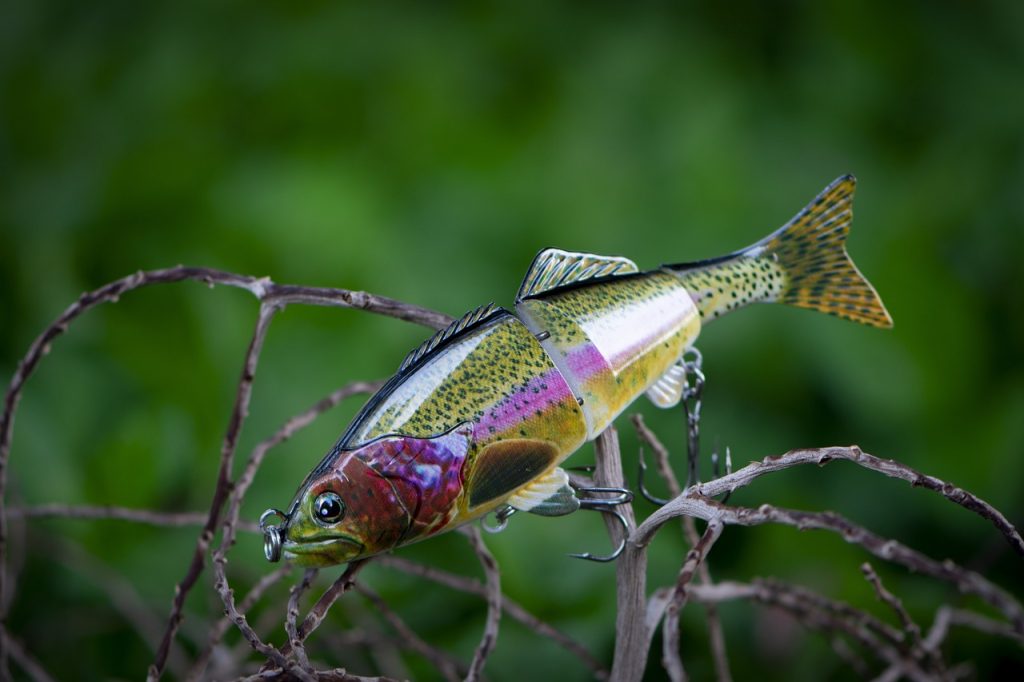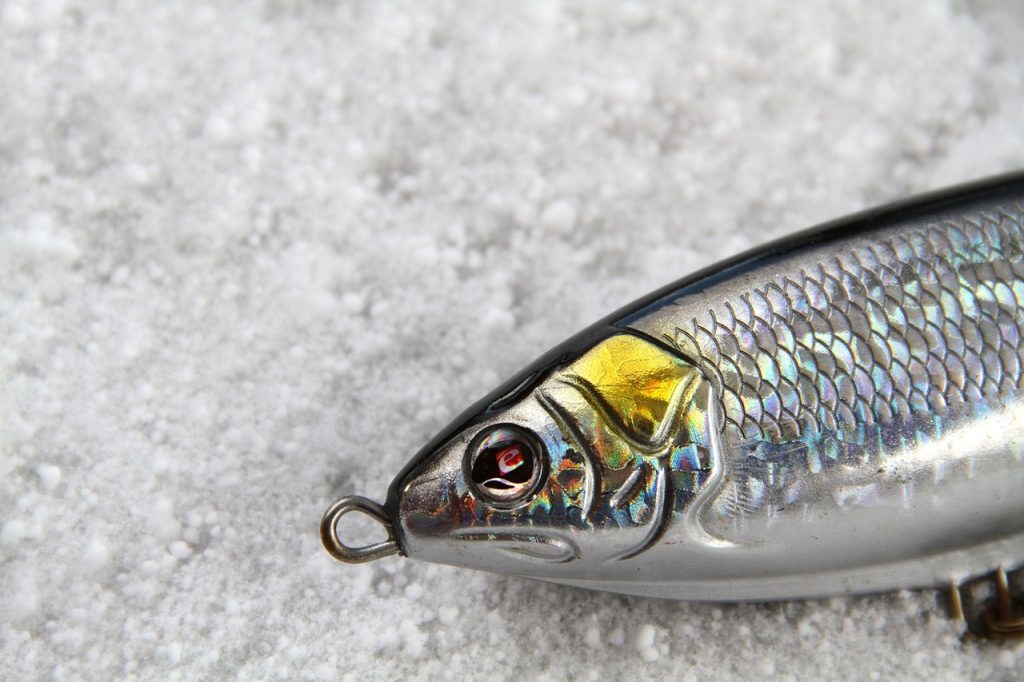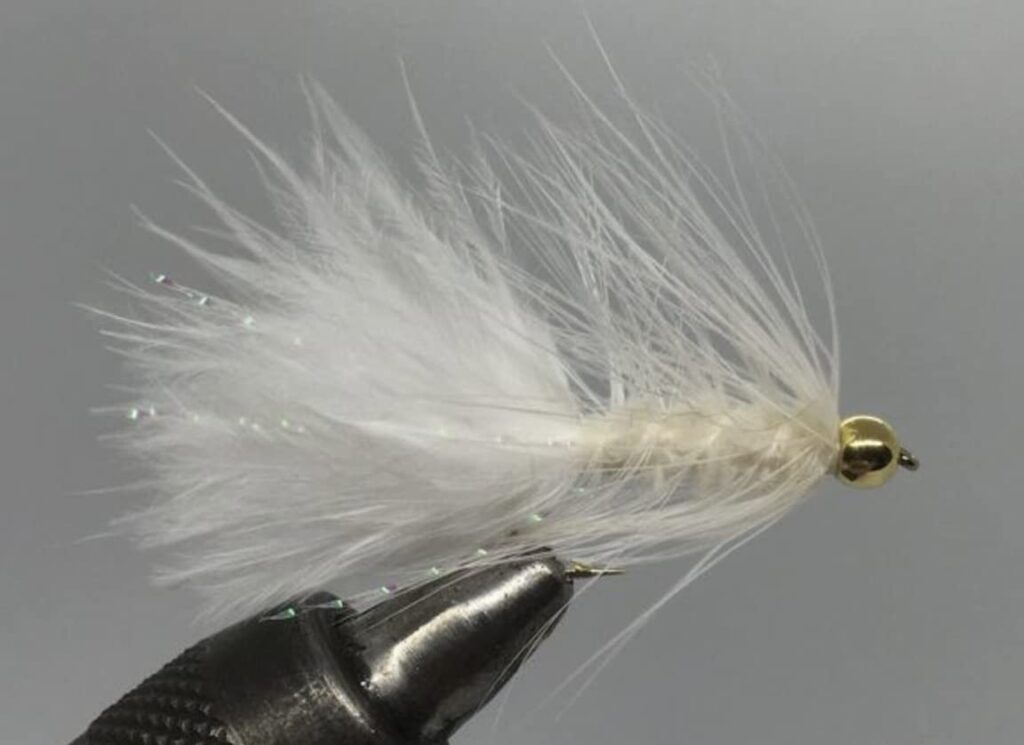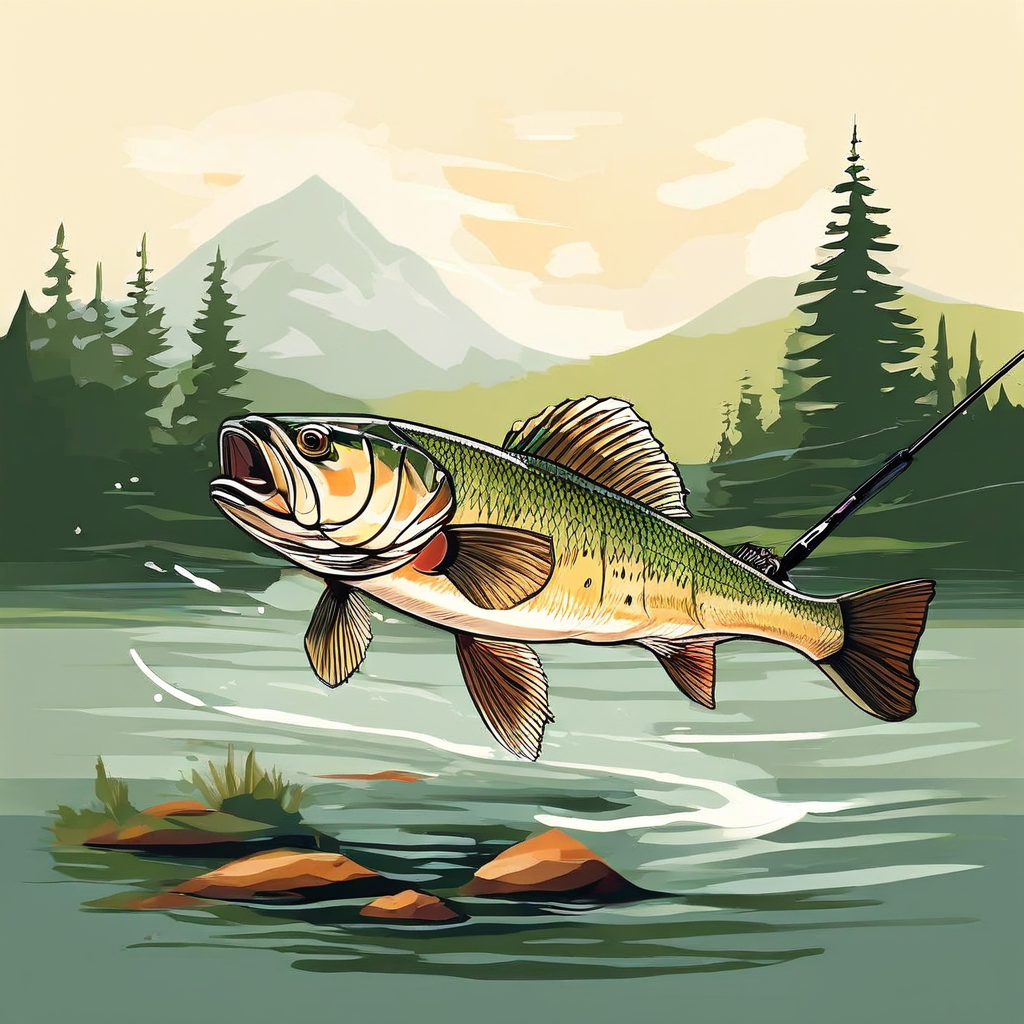Fly fishing is both an art and a science. It enhances your fishing experience while ensuring you catch more fish. Selecting the right lures is critical for anglers looking to land a big catch. Here’s a guide to understanding essential lures that will increase your success on the water.



Understanding Fly Fishing Lures
Lures are designed to imitate the baitfish or insects that fish naturally consume. The effectiveness of a lure depends on its ability to mimic the movement and appearance of these prey items in the water.
Types of Lures for Fly Fishing
Dry Flies
These lures float on the water’s surface and imitate insects that land on, or emerge from, the water. Popular types include the Parachute Adams and Elk Hair Caddis.
Nymphs
Used sub-surface, nymphs imitate the juvenile stages of aquatic insects. Proven patterns include the Pheasant Tail Nymph and Bead Head Hare’s Ear.
Streamers
Designed to mimic baitfish, streamers are versatile and effective for larger species like trout and bass. Popular streamers include Woolly Buggers and Muddler Minnows.
Emergers
These lures represent insects transitioning from underwater nymphs to adults, perfect for times when fish are targeting emerging hatches.

Choosing the Right Lure
When selecting lures for fly fishing, consider water conditions such as clarity, current speed, and time of day. Matching your lures to local food sources can significantly increase your success while fishing. Additionally, always have a variety of lures in your tackle box to adapt to different fishing conditions.By following these guidelines and understanding which lures can be most effective in various situations, you’ll not only improve your skills but also enhance your enjoyment of fly fishing. Happy casting!
Bait & Lures
If you go to a pond to fish for rainbow trout, the best way to fish for them is usually simple. These trout are often fin-clipped and grew up in a fish hatchery, so they have been fed fish food pellets. Based on these feeding habits, baits like PowerBait work well since the smell is similar to the pellets the trout grew up eating. Simply take a dollop of PowerBait, smear it on your hook, and ensure the end of the hook is still exposed so you can set it. Use this with a bobber, cast your line into the water, and relax.You can never go wrong with a good nightcrawler either. Trout can’t resist the wiggle, scent, and live bait action of a worm. These days, you can even buy hooks designed for using worms as bait. These hooks are longer and have more room to get as much worm as possible on the hook. This can be used with a bobber in a pond or let it drift down a river.Personally, I love the Blue Fox, Panther Martin, and Mepps Rooster Tails. These are excellent lures and spinners that come in various colors, so you can always find one suited to the season and water temperature. One of my favorites is the Blue Fox Classic Vibrax.Lures are multi-purpose bait and useful in more than just rivers. You can toss them off a bank at a pond or lake and reel them back towards you to catch fish. Trolling can also be effective with lures. When using a lure or spinner, you don’t need to attach any split shot or lead to your line—the weight of your tackle will be enough to cast where you need to. I don’t recommend using a swivel to attach these types of gear either; the break of weight in the line can cause casting problems. If you get snagged and your lure or spinner breaks off, it will do so even without the swivel.Picking out lure colors for trout fishing depends on the water temperature. The temperature determines how active or aggressive trout will be. In colder months, they may need more color and flash, something that says, “Hey, look at me!” Think of colors like silver, pinks, and chartreuse. In warmer months, trout seem to be turned off by over-the-top color choices. Golds work well with warmer water, and not just for trout—bass fishermen can benefit too! Plain gold, gold with a trout pattern, and reds with black work best. Trout behavior can be aggressive, but they startle easily, so figuring out the right color combinations in your artificial lures can be tricky until you find what works best.Eggs are another great way to get trout’s attention and get them to bite. Trout really like this option but tend to slurp them right off the hook, so keep an eye on your gear! Depending on the size of your hook, you can put 3-5 eggs on it. You can get creative and add some PowerBait to your eggs, making a bait sandwich (just my expert tip and family secret!).
Where to Catch Trout
Now that we’ve covered some important bait options, it’s time to talk about my favorite way to fish for trout! I love fishing in rivers for them. It’s always fun because you can use so many different types of baits.
Fly Fishing Tips for Trophy Stripers
Catching a giant striper on the fly isn’t easy, but it can be done with perseverance and the right gear.
Trophy Stripers on the Fly Rod
The arrival of massive schools of bunker in May and June—and in recent years, in October and November too—makes the New Jersey coast the place to be for anglers hunting trophy striped bass. To catch these big bass, most anglers use conventional methods like snagging and dropping, live-lining, chunking, or casting metal-lip swimmers and pencil poppers. When the bass are feasting on bunker, hooking up with any of these techniques can be easy for both boat and surf anglers—but what about the fly-fisher? Is it possible to hook into 30- to 50-pound bass on the fly?Yes! But getting the bass to find and strike your fly among thousands of 1-pound baitfish isn’t easy. If it were, we’d see many more photographs of happy fly-fishermen with huge stripers draped across their laps. But it can be done.
Bunker Fly Patterns
There are two methods I use to target big bass on the fly. The first is the more traditional method of throwing 10- to 14-inch-long, synthetic flies to imitate adult bunker. I fish them by casting into the school of bunker and retrieving, keeping the fly near the surface with a floating or intermediate line. Retrieves should vary, as sometimes the bass want it fast and sometimes slow. Varying the retrieve is important to see what the big fish want.When casting and retrieving these flies near the surface, positioning the boat correctly is key. This requires getting close enough so the angler can reach the fish because casting big flies can be difficult. It’s best to position the boat to drift into the fish with the engines turned off, so the throttle man must size up the wind, current, and the direction the school is moving.
Fly Fishing for Blitzing Stripers
When bass are blitzing on the surface, I also have success using big popping flies and chuggers on top. To catch a really big bass on the fly, one in excess of 40 pounds, this is the method to use. It’s similar to surfcasting with big pencil poppers. The goal is to make as much commotion as possible, which whips the bass into a frenzy and triggers them to strike out at the source of the disturbance. They don’t take a long look, as they might with a slowly fished subsurface fly.When you know big bass are in the area—either by the marks on your fishfinder or from nearby trollers hooking up—but they aren’t showing on the surface, fishing deep with fast-sinking lines is the way to go. Getting down to the bass involves more than just casting out, letting the line sink, and retrieving. Instead, I cast out and then “stack mend” by dumping out all the remaining fly line and another 50 yards of backing. When dumping the line into the water, sweep the rod quickly from side to side, laying the line into the water. It will sink down with no resistance, as if you were dropping a weight in free spool on a conventional reel. As the boat drifts away from the line, it will start to pull tight. Once the line comes completely tight, the fly will begin to rise through the water column, and this is when you begin to retrieve.On a calm, windless day, this method will not work because it relies on the drift to put distance between the fly and the boat by the time you start stripping. The sinking rate of the fly line, the speed of the wind, the size of the boat, and how fast you are drifting will all factor into how deep your fly will sink. On my 28 Parker Sport Cabin, with a 10 to 15 mile-per-hour wind blowing and a 350- to 400-grain line, my fly will usually get down about 30 feet before the line comes completely tight. The best scenario for covering the most water when drifting over different depths is when the wind is blowing from the west. In such a case, I will stop the boat in 30 feet of water and drift out to 50 or 60 feet while repeating this technique over and over.
Strip Set
When retrieving the fly, use a strip set to hook the fish. This involves pulling the line with your stripping hand rather than lifting the rod tip. This method ensures a solid hook set, especially when fishing deep.By understanding and implementing these techniques, you can increase your chances of catching trophy stripers on the fly. Happy fishing!
